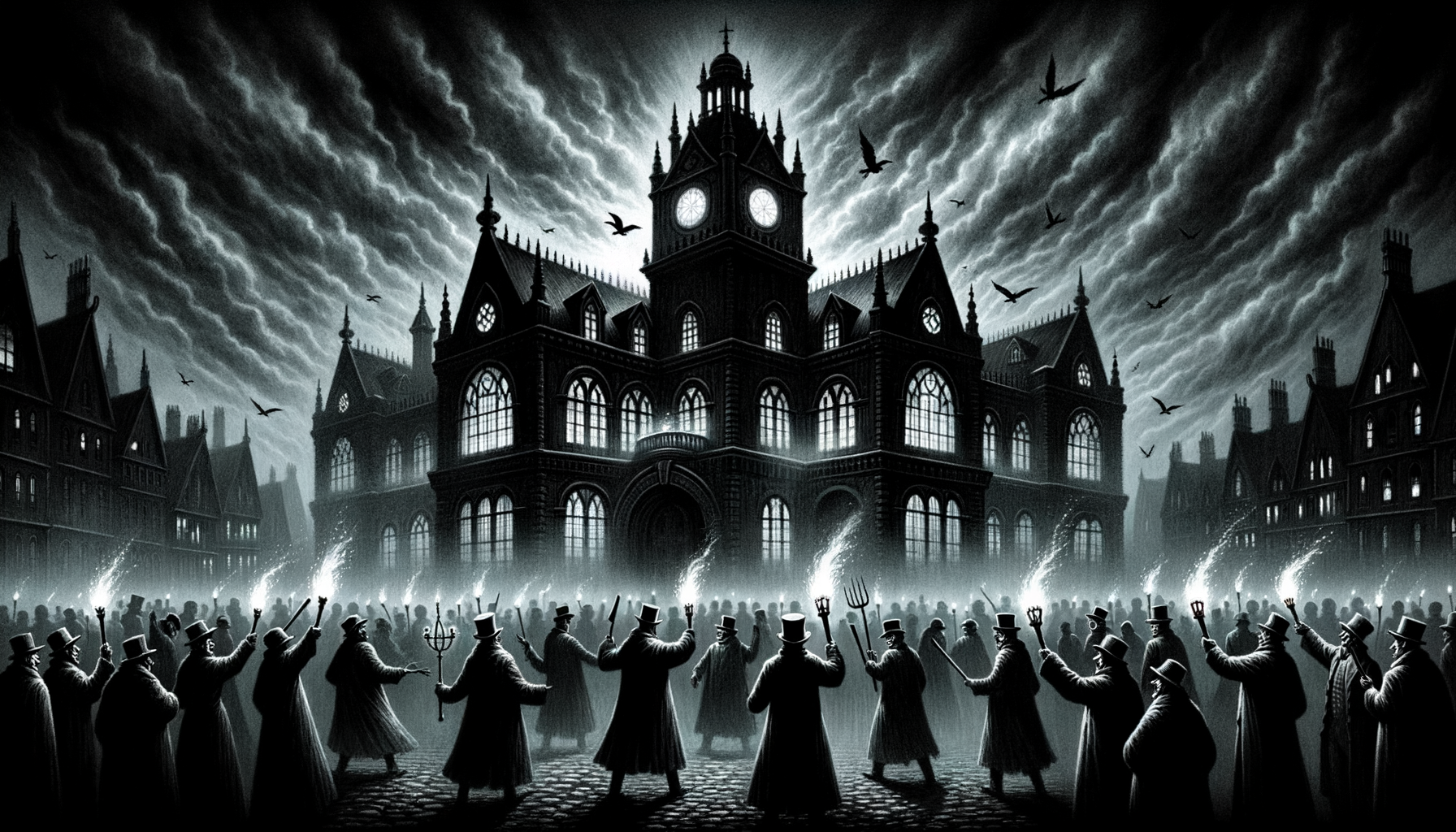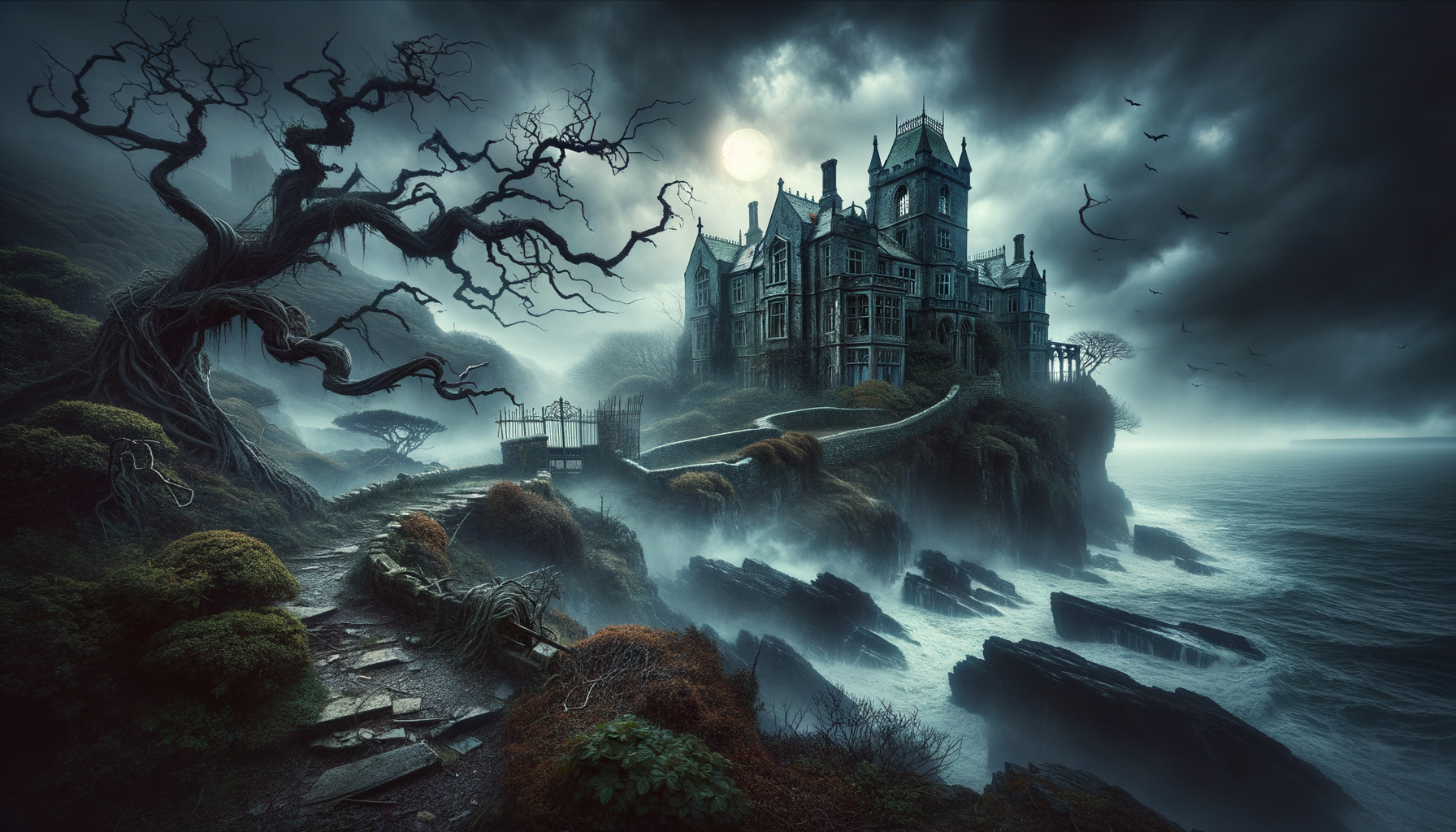Horror isn’t just about chills and thrills; it’s a mirror reflecting society’s deepest anxieties! Ever wondered how classic horror delves into the politics of its time? From the societal fears of the 1930s to the paranoia of the Cold War era, classic horror films and literature have cleverly woven political themes into their eerie narratives. Sit tight as we unravel the layers of political commentary hidden beneath the surface of our favorite horror classics. Get ready for a spine-tingling journey into the world of horror and politics!
Political Themes in 1930s Horror Films
Social Anxiety During the Great Depression
The 1930s were a time of immense social anxiety, largely fueled by the Great Depression. Horror films from this era often tapped into the widespread economic fears and uncertainties. Take “Frankenstein,” for instance. This classic film isn’t just about a mad scientist and his monstrous creation; it’s also a reflection of the era’s deep-seated economic anxieties. The creature, much like the marginalized individuals of the time, represents the societal outcasts and the struggles of the lower social classes. The monster’s very existence questions the boundaries of humanity and the consequences of playing God, mirroring the real-life desperation and social struggles faced by many during the 1930s.
Rise of Totalitarian Regimes
As the decade progressed, the looming threat of totalitarian regimes began to shape the cultural landscape, and horror films were no exception. “Dracula” serves as a chilling depiction of control and obedience. The Count’s hypnotic influence over his victims can be seen as a metaphor for the growing anxieties about fascism and the loss of individual autonomy. Through its eerie narrative and sinister characters, “Dracula” encapsulates the fear of being dominated by an all-powerful, authoritarian figure, reflecting the global tensions of the time.
Cold War Paranoia in 1950s Horror
Fear of Invasion and Espionage
The 1950s brought a new wave of paranoia, this time centered around the Cold War. Alien invasion films like “Invasion of the Body Snatchers” became incredibly popular, tapping into the fear of infiltration and espionage. These films often drew direct parallels between other-worldly threats and the pervasive fear of communism. The idea that anyone, even a close neighbor, could be a covert enemy resonated deeply with audiences living under the constant threat of nuclear war and communist expansion.
Nuclear Anxieties
Another significant theme in 1950s horror was the fear of nuclear devastation. Films like “Godzilla” vividly represented the catastrophic potential of nuclear power. The monstrous mutations caused by radiation in these films served as a stark reminder of the real-world dangers posed by nuclear weapons. Godzilla, a creature awakened and empowered by nuclear radiation, symbolizes the uncontrollable and devastating consequences of humanity’s foray into atomic energy.
1960s and 1970s: Counterculture and Social Unrest
Civil Rights Movement and Gender Politics
The 1960s and 1970s were marked by significant social upheaval, including the Civil Rights Movement and evolving gender politics. Horror films from this period often reflected these societal changes. “Night of the Living Dead” is a prime example, addressing race and societal fears through its narrative and casting. The film’s portrayal of an African American protagonist in a leadership role was groundbreaking and highlighted the racial tensions of the time.
Similarly, “Rosemary’s Baby” delved into feminist themes and sexual politics. The film’s narrative about a woman’s autonomy over her own body and the sinister control exerted by male figures resonated with the growing feminist movement. It questioned traditional gender roles and the systemic oppression faced by women, making it a significant cultural commentary.
Anti-Establishment Sentiments
Horror films also began to critique governmental power and authority figures during this period. “The Last House on the Left” is a notable example, depicting the disillusionment with authority and the brutal realities of violence and retribution. The film’s raw and unfiltered portrayal of societal breakdown served as a critique of governmental power and the failure of institutions meant to protect citizens.
1980s to Early 2000s: Reagan Era and Globalization
Economic Liberalism and Consumerism
The Reagan era brought with it a focus on economic liberalism and consumerism, themes that were satirically explored in horror films of the time. “They Live” offered a biting commentary on consumer culture and the hidden manipulations of capitalist societies. The film’s protagonist discovers that the world is being controlled by alien elites who use consumerism to subjugate the masses, a clear critique of the era’s materialistic values.
“American Psycho” also tackled the horrors of materialism, presenting a chilling portrait of a Wall Street banker whose obsession with wealth and status leads to a life of violence and depravity. The film’s exploration of the dark side of the American Dream resonated with audiences living through the excesses of the 1980s.
Global Threats and Technology
As the world moved towards globalization and technological advancement, horror films began to explore these new frontiers. “Videodrome” delved into the emerging digital age and its potential to warp reality and manipulate minds. The film’s cyber-horror elements highlighted the growing anxieties about technology’s impact on human life and society.
Similarly, “The Fly” addressed fears of global pandemics and biotechnology. The film’s narrative about a scientist who transforms into a monstrous creature due to a failed experiment with teleportation technology symbolized the potential dangers of unchecked scientific advancement. It reflected the anxieties about biological threats and the ethical implications of biotechnological research.
Conclusion
From its inception, horror has been laden with political undertones, acting as a dark reflection of societal apprehensions. We’ve traversed the eerie landscapes of classic horror, uncovering the political themes woven into their very fabric. These films and stories not only entertained but also provoked thought, bringing hidden societal fears to the forefront. Ready to dive deeper? Perhaps it’s time to watch your favorite classic horror film with a new perspective! Don’t forget to share this article and engage in the conversation about politics in horror!




